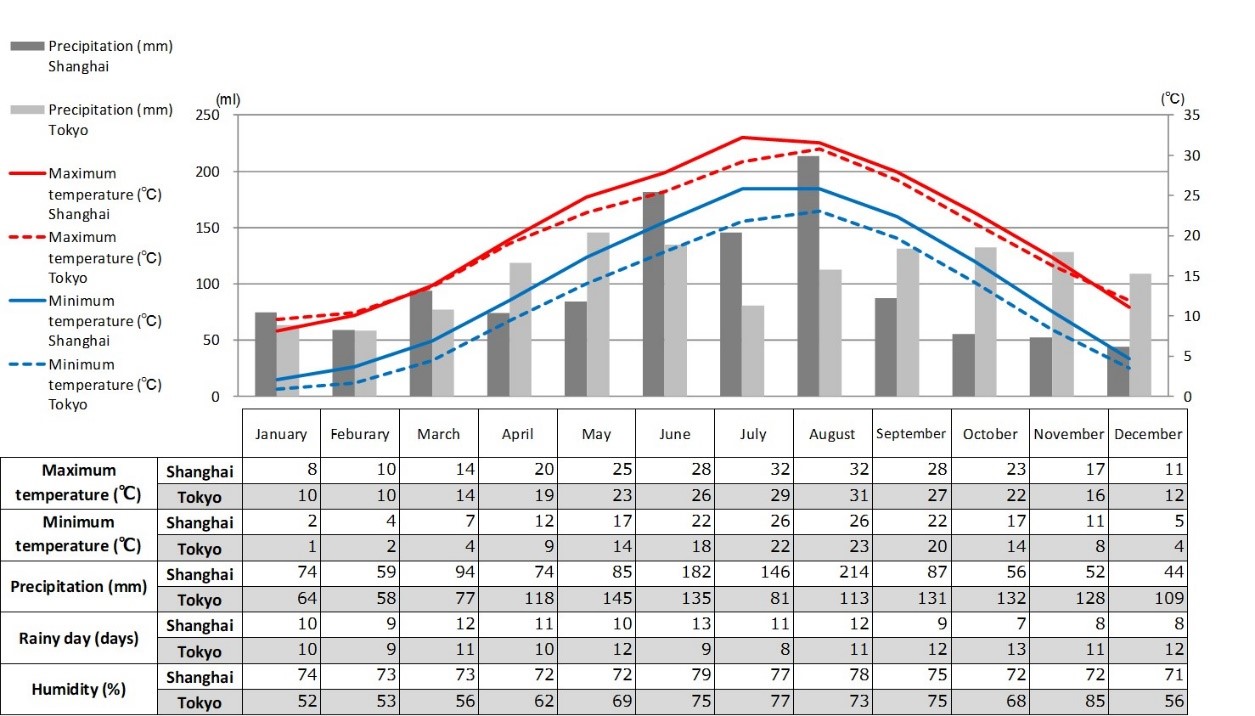[China: World Residence Tour] Ancient wisdom on how to cope with the heat
- Release date: Jun 30, 2021
- Update date: Sep 08, 2025
- 6191 Views
- Usage and altitude
- daily use items
- Consumer Electronics
- Furniture and home furnishings
- China
- Culture/Habit
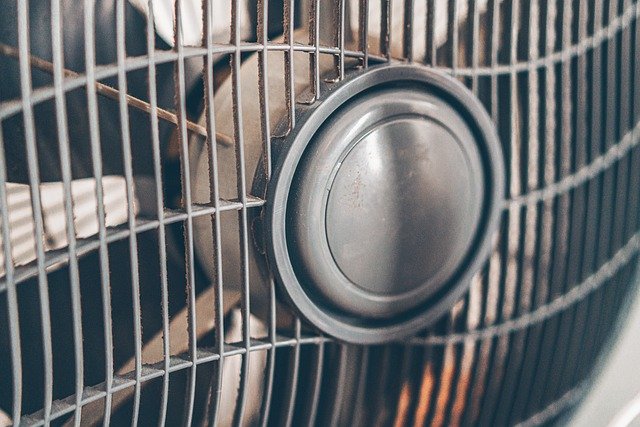
Cool mattresses and covers inherited from tradition
Although China has a large land area, most of the country is in the temperate zone, warm temperate zone and subtropical zone, so in the summer, the temperature is high, with many days exceeding 30 degrees Celsius. In addition to the heat, humidity is also high, especially in the south. For this reason, Chinese people have long taken various measures to make their lives more comfortable in summer. Some of these measures have been taken over even today. One of the most distinctive features is the extensive use of Japanese rush mat-like pads made of grass or bamboo. In China, air-conditioning has only become popular in the last few decades. Before this, bed pads and pillowcases made of grass or bamboo were used in combination with fans woven from cattail leaves to make sleeping cooler at night.
A mattress pad and pillowcases woven from grass and bamboo
(Source: Lifestyle database (Consumer Life Panorama))
What is Consumer Life Panorama?
This is a website-type database that has accumulated visual data on more than 1,000 sei-katsu-sha from 18 countries around the world. The database includes many 3D models of living environments and 2D data of items owned by each sei-katsu-sha, and is useful for understanding overseas sei-katsu-sha, which is difficult to grasp using only letters and numbers.
Using visual data such as those cited in this column,
Compare the differences in the attributes of overseas consumers
To get a realistic understanding of the actual usage of each category
To understand the overall lifestyle of target consumers
etc., can be utilized as a “no-go” home visit survey.
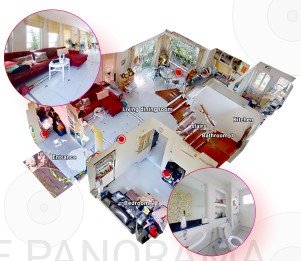
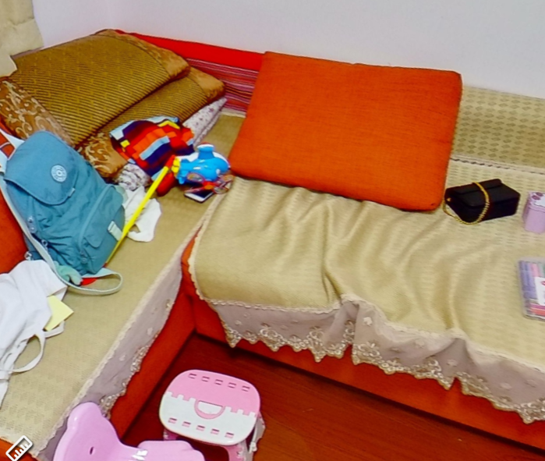
A mattress pad and cover on the sofa (Source: Lifestyle database (Consumer Life Panorama))
Preference for electrical appliance placement and layout
I introduced above that in the past, people used fans woven from cattail leaves and bed pads and pillowcases woven from grass or bamboo as a set, but as life became more affluent, fans were gradually replaced by ceiling fans and stationary fans, and eventually by air conditioners. However, with these changes came some problems. In previously built houses, air conditioning was not considered as a prerequisite. This led to various problems, such as that the outlets were too far away or not enough, or that holes had to be drilled in the wall to run the hoses. As a result, the air conditioner was installed, but the appearance was not good due to the unreasonable placement of wires and hoses.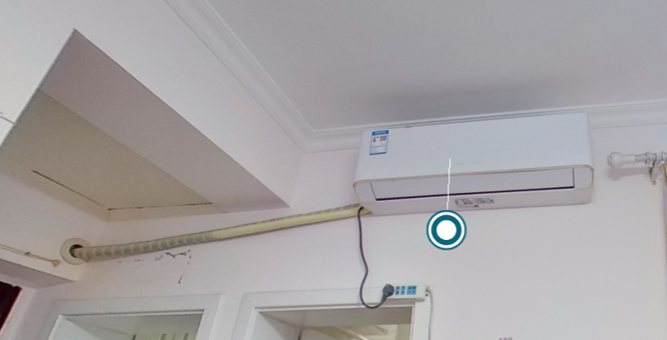
An example of unreasonable wiring and hoses
(Source: Lifestyle database (Consumer Life Panorama))
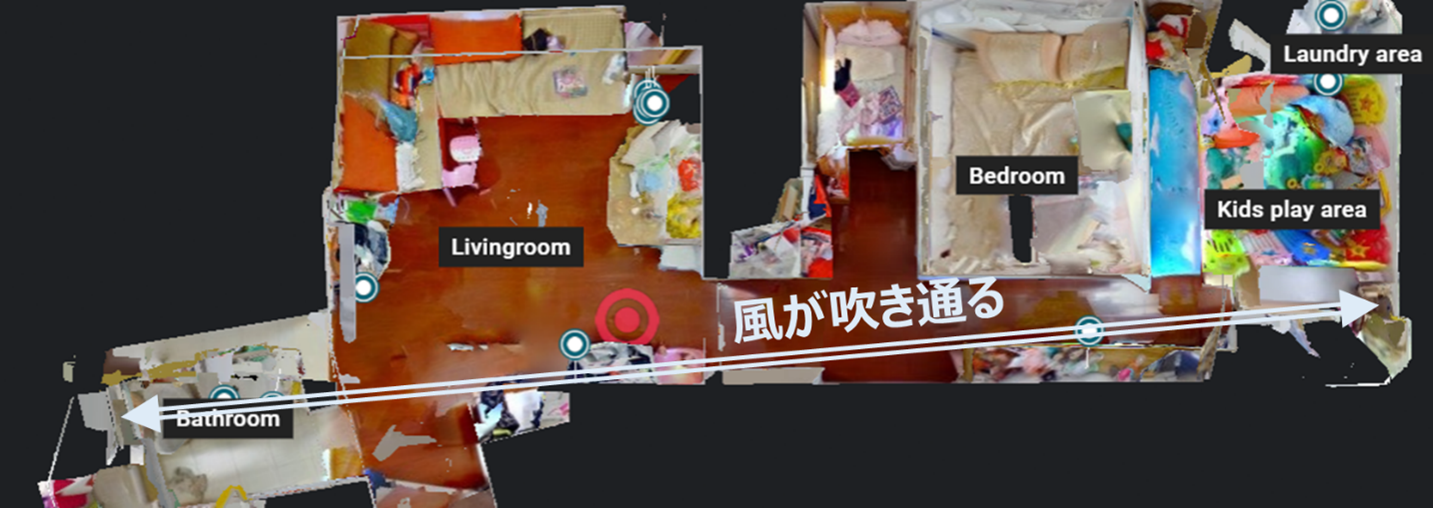
Plan with wind blowing through (Source: Lifestyle database (Consumer Life Panorama))
In this way, people in China are still borrowing wisdom from the old way of life on how to cope with the heat and make their current life more comfortable.-
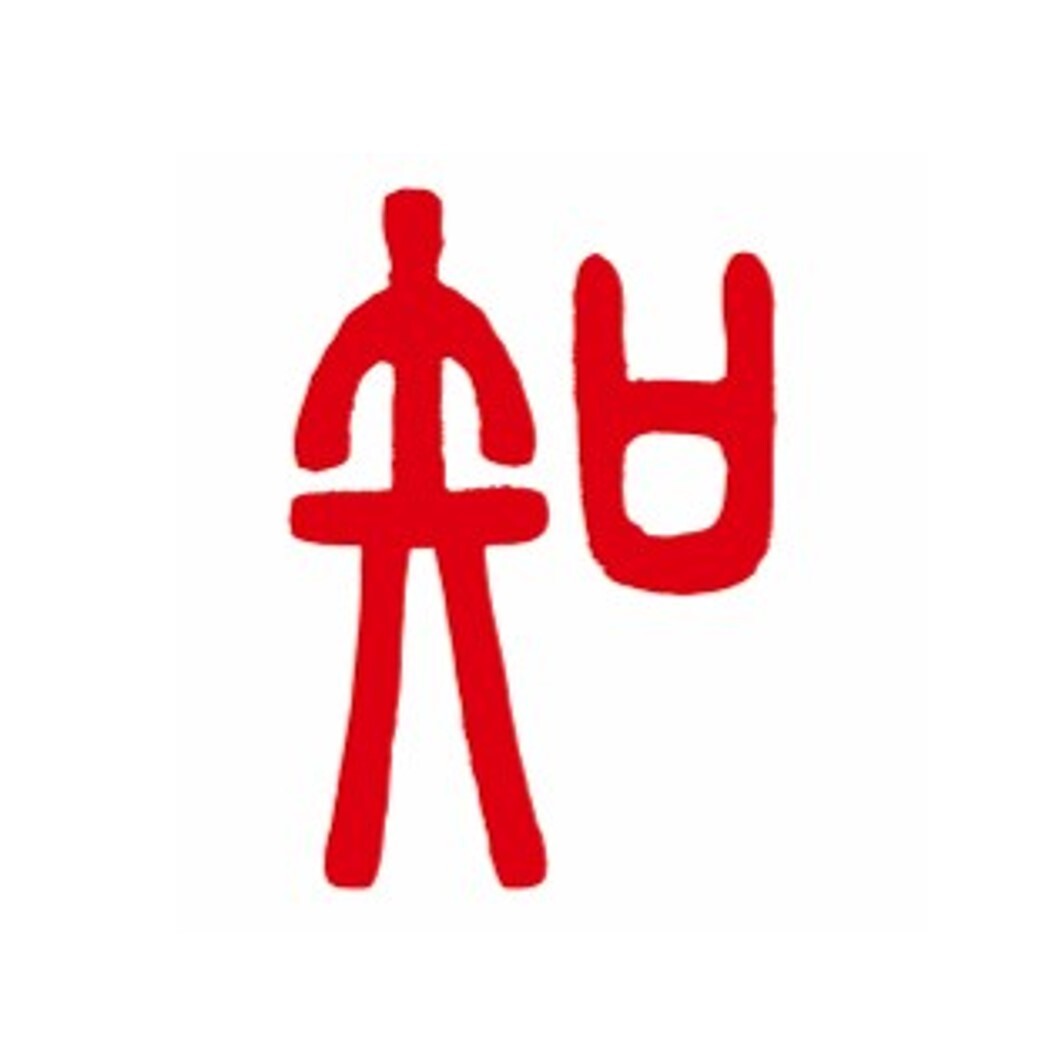
Author profile
Yang Yan
A Chinese researcher living in Japan, providing information on the living conditions of overseas consumers, mainly of Chinese consumers. In summer, I prefer to open the windows to let the breeze flow in rather than leaving the air conditioning on.
-

Editor profile
Yusuke Tatsuda
Responsible for building the Global Market Surfer website. Four construction projects have started near my house, so I'll be living in air conditioning for a while. I like to live in a corner apartment where the wind can blow through.
 Global Market Surfer
Global Market Surfer CLP
CLP

